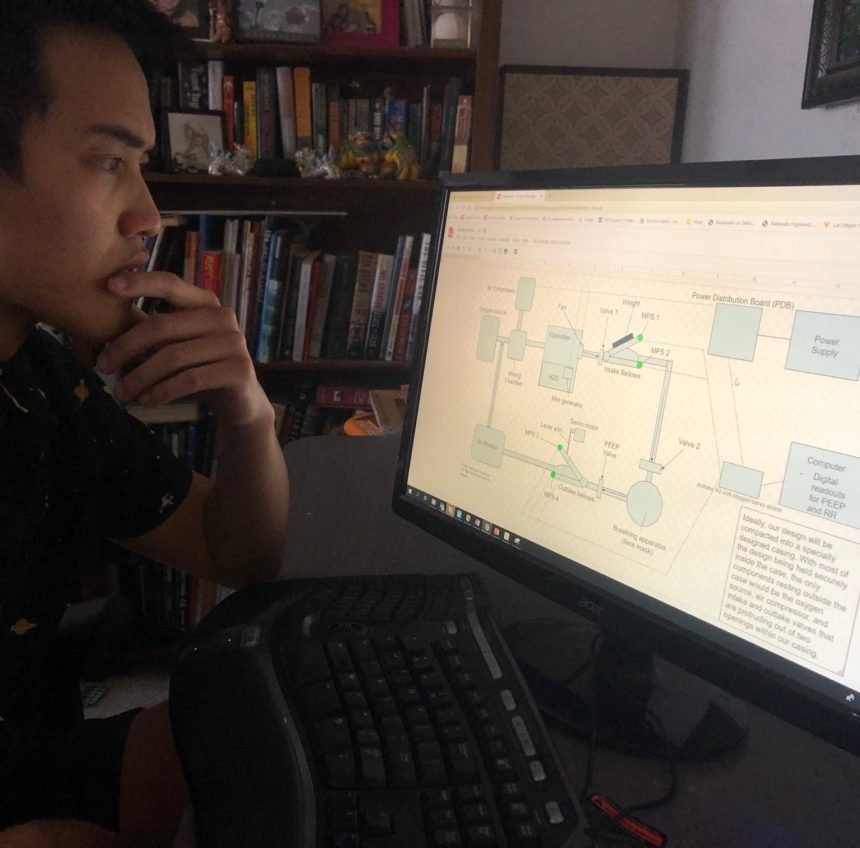Cal Poly engineering faculty and students switch gears to create needed medical supplies.

SAN LUIS OBISPO, Calif. - The Cal Poly Engineering Department is adjusting to the Coronavirus pandemic by switching the focus of its spring quarter courses to deal with the shortage of medical supplies.
Students will be encouraged to help with ventilator shortages, design medical products, and publish analysis of biological data related to the worldwide health crisis.
“I heard that medical staff in Italy were removing ventilators from older patients, sedating them to die and giving the ventilators to younger patients,” said Eric Paton, who teaches in both the industrial and manufacturing, and materials engineering departments at Cal Poly. “This broke my heart.”
Faculty originally planned to have the students design a product to help the sight impaired, but now they are adapting to design and build products to help with the same health crisis which is forcing all of them to switch from the classroom to virtual teaching.
“Given our current circumstances, this seems more relevant.” said Karla Carichner, who teaches biomedical engineering design.
“Engineers are trained to quickly adapt to rapid change and to fix problems. And at Cal Poly, we pride ourselves on doing meaningful work that can improve quality of life. So it should be no surprise that our faculty and students are not only adjusting to a new way of educating but also addressing a worldwide crisis while doing it,” said College of Engineering Dean Amy S. Fleischer.
“Engineers turn ideas into reality,” Paton said. “This is where the rubber meets the road. We need to act now.” The American Hospital Association projects that 960,000 Americans will need ventilator support as the virus spreads. The U.S. Department of Defense reached out to the scientific community to find solutions under a tight deadline. It's looking for a low-cost mechanical ventilation support system that can be quickly reproduced at the local level.
Cameron Wong, a Cal Poly mechanical engineering student took the challenge. He said undergraduates like him can offer a fresh perspective. “We are not as familiar with the formal engineering and design process,” Wong said, “and therefore look at the problem from a completely different perspective and can offer much more creative solutions that professionals in the field may not have considered.”
Paul Anderson, associate professor in the Computer Science and Software Engineering Department, has experience teaching online courses, and one of his interests is bioinformatics — the science of collecting and analyzing complex biological data, such as genetic codes. He saw the opportunity to alter his bioinformatic algorithm course this spring to focus on studying the virus and comparing it to other viruses and diseases.
“We’ll be studying various molecular, genomic, genetic and evolutionary aspects of the novel coronavirus from an algorithmic point of view,” said Anderson, “Due to the nature of the threat facing us as a society, we will also prioritize delivering high-quality analysis and synthesis of the output of our algorithms for the public. We’ll be pulling down data from scientists around the world and integrating it into class as soon as it’s available.”
